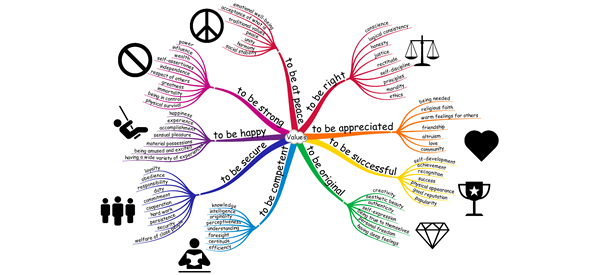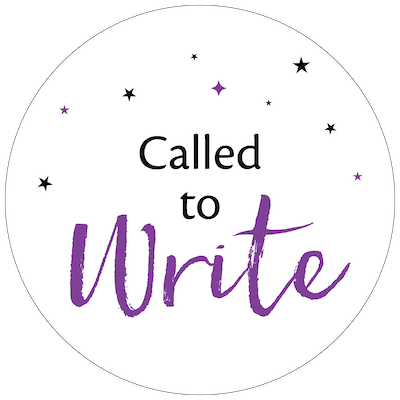 In the first class of my interview series with Enneagram and story development expert Jeff Lyons (recordings no longer available), we talked about “The Secrets of the Enneagram Most Writers Are Overlooking.” We had a mix of participants on the line, it seemed to be about 50-50 on who had prior experience or knowledge of the Enneagram and who did not, and Jeff did a great job of making the material accessible to everyone. Today’s post is a recap of what we learned.
In the first class of my interview series with Enneagram and story development expert Jeff Lyons (recordings no longer available), we talked about “The Secrets of the Enneagram Most Writers Are Overlooking.” We had a mix of participants on the line, it seemed to be about 50-50 on who had prior experience or knowledge of the Enneagram and who did not, and Jeff did a great job of making the material accessible to everyone. Today’s post is a recap of what we learned.
Jeff talked about how powerful the Enneagram can be for writers because of its archetypal patterning of human drives and behaviors that transcend cultural boundaries.
He walked us through a quick overview of each of the nine Enneagram types, or styles, as he calls them. He describes the styles as being nine basic strategies for living, including showing us how we behave when we feel successful, weak, vulnerable, and strong. His descriptions of the types quickly demonstrated how powerfully the Enneagram types can be used for character development and why so many writers have used the Enneagram that way for so long. He also described several ways writers can use the Enneagram beyond simple character development, which I’ll give you the highlights of in a moment.
The Nine Core Enneagram Styles
To start, though, let’s take a look at the nine core Enneagram styles:
- The One is the “do the right thing” person who derives their sense of safety, security, and love in the world by following the rules and doing things perfectly.
- The Two is the “to be loved” style, sometimes called “the caretaker”. Twos look for the person with the most power in their environment and make themselves indispensable to that person in order to feel loved. They manipulate in order to get the love they want. Glenn Close’s character in Fatal Attraction is an example of an extremely unhealthy or “disintegrated” Two.
- The Three is the “performer or achiever” and focuses on getting EVERYONE’s approval (not just one person in power, like the Two). Jeff described the Three as a “therapist’s nightmare”, because they tend to perform emotion rather than feel it (though they do have and feel emotions deeper down).
- The Four is the “to be special” style. This type has a negative side, feeling that something is missing. They can be melancholy, depressed, and always looking for someone to help them solve the problem of “what’s missing”. They “long to long” and are often overly self-oriented.
- The Five is the “thinker” type who controls their environment by controlling information. They don’t like intense emotions and control the people around them by controlling (sometimes withholding) information. Keanu Reeve’s character “Neo” in The Matrix is a great example of a Five who controls his world through data, at the beginning of the story in particular.
- The Six is the “safety-security” style. Sixes always have a plan, they know where the pot holes and the landmines are. They tend to have a problem with trust, but if you win their loyalty, they’ll be a friend forever. If their lives are working, they tend to be happy, but they will also dismantle their entire lives in order to have a problem to solve. There are also “counter-phobic” sixes who tend to strike first if they think you might be a threat to them.
- The Seven is the “to have fun” style. “Why have one friend when you can have 100 friends?”, as Jeff said. Sevens are great at having fun and enjoying life, but they also have a tendency to be addictive types and their fast-paced, highly-active lifestyles are designed to help them avoid their inner pain.
- The Eight is the “self-reliant / leader” style. They control people by making the rules. They are the most projected on than any other Enneagram type, because they have such a strong presence that can feel confronting. They can be very protective of the downtrodden and provide leadership or can become dictators at an extreme. They avoid relying on other people.
- The Nine is the “peacemaker”, the one who finds safety by finding common ground. Nines make sure that everyone is heard except themselves — they are self-abandoning. They don’t get in trouble, but they are also not seen.
Character Development & Beyond
Here are some story development applications Jeff described for the Enneagram:
- Determining your characters’ core personality types — this has been done by writers for years.
- Determining your protagonist’s growth arc — Each of the nine types has a specific drive toward “disintegration” and a higher place within them for “integration”. Studying those paths of disintegration and integration can help writers get clearer about their characters’ growth arcs in their stories. This has also been done for years by writers.
- Choosing the best protagonist for your story, depending on the moral problem you want your character to solve in the story and the type of story you are telling. For example, love stories are often Two-driven stories, and pure sci-fi stories are often Five-driven stories.
- Selecting the best opponent for your protagonist, based on your protagonist’s Enneagram type and growth arc, so they are designed for maximum conflict that will provoke the protagonist’s growth.
- Choosing the best allies for your protagonist, so your characters interplay with each other for best effect.
- Designing and structuring your story to naturally take your protagonist through exactly the right crucible that forces them to move from their moral problem into their point of integration, or revelation, by the end of the story.
- Understanding the types of stories we will be innately drawn to tell, based on our own Enneagram styles, which can make us more conscious writers.
All of these help us “pre-structure” our stories BEFORE we go into story beat development, which is what so many of us are familiar with already and tend to think of as story structure (like Blake Synder’s Save The Cat method, for instance).
Next week, in the second class of our series, Jeff will be talking to us about:
- Premise line development and its critical importance in story development.
- Story structure components.
- How to tell the difference between whether or not you have a story or a situation.
Your turn
Are you familiar with the Enneagram? What has it helped you shift or change in your own life? If you’re a writer, do you use it in your writing? I’d love to hear your thoughts in the comments.
Warmly,

You may also be interested in:
- The Power of the Enneagram
- Constructing a powerful premise line as a framework for story structure
- Using the Enneagram to move from character to story
- Find your character’s moral problem with the Enneagram

